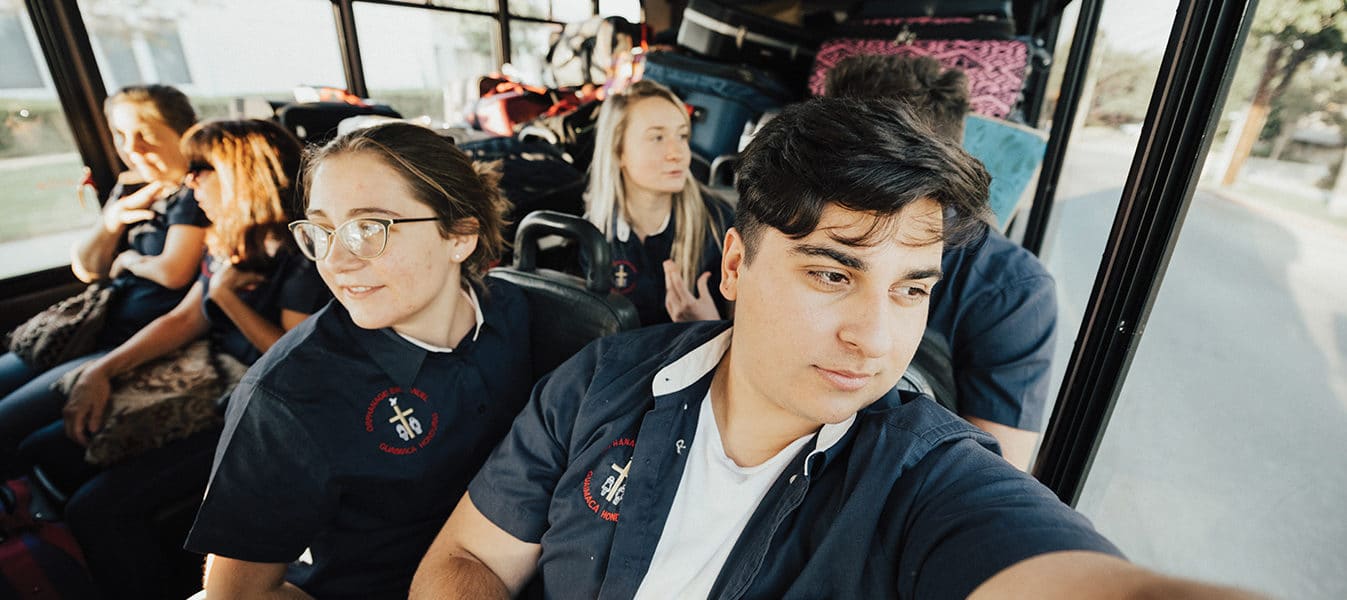By Dan Bouchelle
One of the side effects of the Coronavirus pandemic has been the quashing of short-term mission (STM) trips. In a flash, a $5 billion-dollar-a-year industry came to a screeching halt. This has been devastating to organizations focusing on STMs and has interrupted a lot of important work. That said, STMs were in need of a thorough evaluation and re-visioning.
I want to suggest one important area where we can improve. This is by creating clearer purposes for STMs and differentiating among different types of trips with clearer processes for excellence in each.
Here are four types of trips that are all valid but require different approaches.
- Formation Trips
These should be designed to give people a cross-cultural experience that shocks them out of their narrow American sensibilities and creates an opportunity to develop a broader world view, a deeper sense of life purpose, more empathy and compassion, and a kingdom mentality. These trips should be made with global (or regional) partners who feel called to participate in this process.
There are numerous mission points around the world that are set up to do this well and even have facilities for it. However, they typically expect these kinds of trips to help them with fundraising after the trip. In order to produce the intended effect, there will need to be some relationship development and service, but the purpose is primarily for those who go, at least in the short run.
- Prayer and Vision Trips
These are for American church leaders who are either considering a new missions partnership/project or who are seeking to discern what should come next for an existing mission effort. The goal is to understand what God is doing in a certain region, pray for guidance on-site, talk to people in the region who are in a position to help the leaders discern what God is doing, and help the sending church understand what they can or should be a part of doing to expand the kingdom.
- Missionary Care Trips
This would involve any trips from representatives of American churches to check on, support, volunteer with, or provide care for workers in other countries. These are not “evaluations” but rather should be focused on encouragement and care. This could involve sharing some hard truths on rare occasions, but the primary purpose should be to empower global workers and help the church understand their context, and tell their story better back at home.
- Service Trips
These trips should be about advancing the mission alongside long-term workers (expats or nationals) who would like help from people capable of providing this help. This could include engineering projects, medical missions, educational ministries, evangelism or preparation for evangelism (e.g., ESL projects), or similar hands-on utilization of special skills that advance a mission in some way.
STMs have great value if done well, but the explosion of the popularity of STMs in recent decades resulted in many poorly planned and executed trips that wasted a lot of time and money for little or no benefit.
The COVID-19 pandemic has given us the opportunity to push pause, rethink, listen to our global brothers and sisters, and relaunch STMs in healthier and more helpful ways.
Dr. Dan Bouchelle is president of Mission Resource Network, which was established in 1998 to help autonomous congregations serve the mission of God more effectively. As they have grown, God has given them the opportunity to partner alongside both churches and missionaries so they can do missions more effectively, www.mrnet.org.






